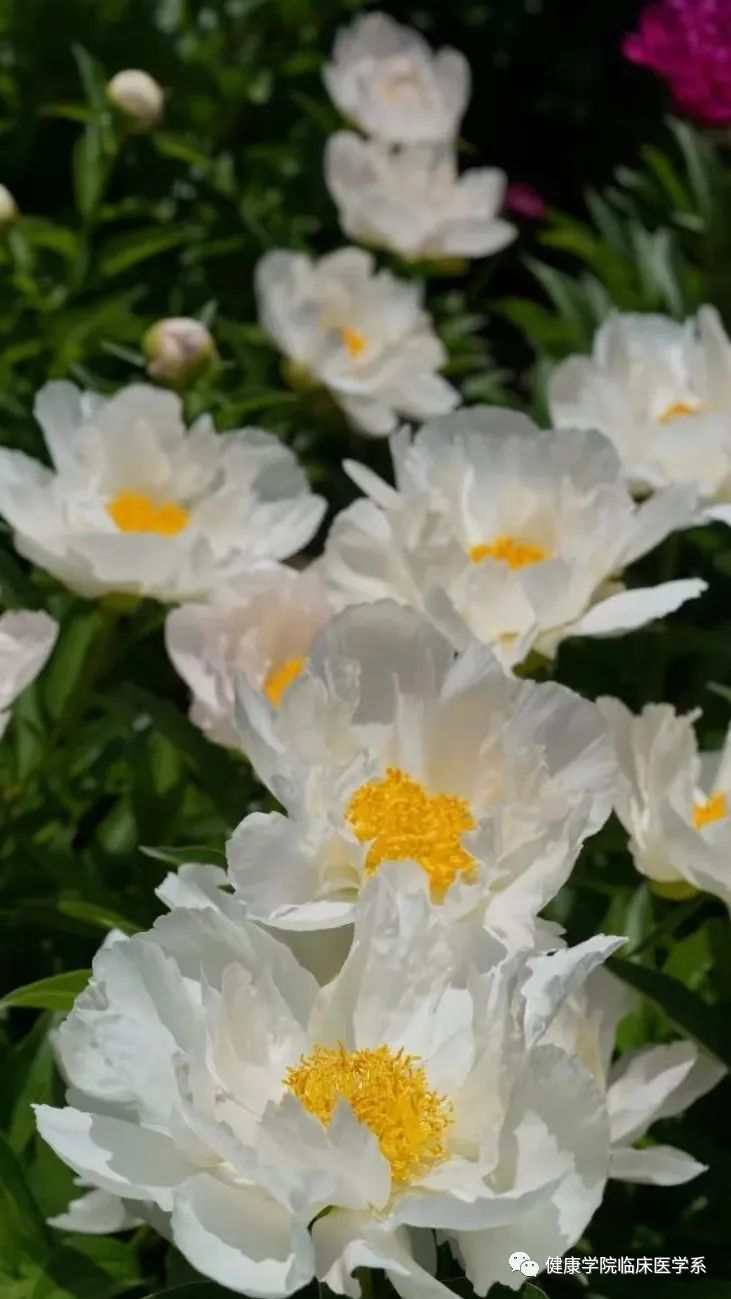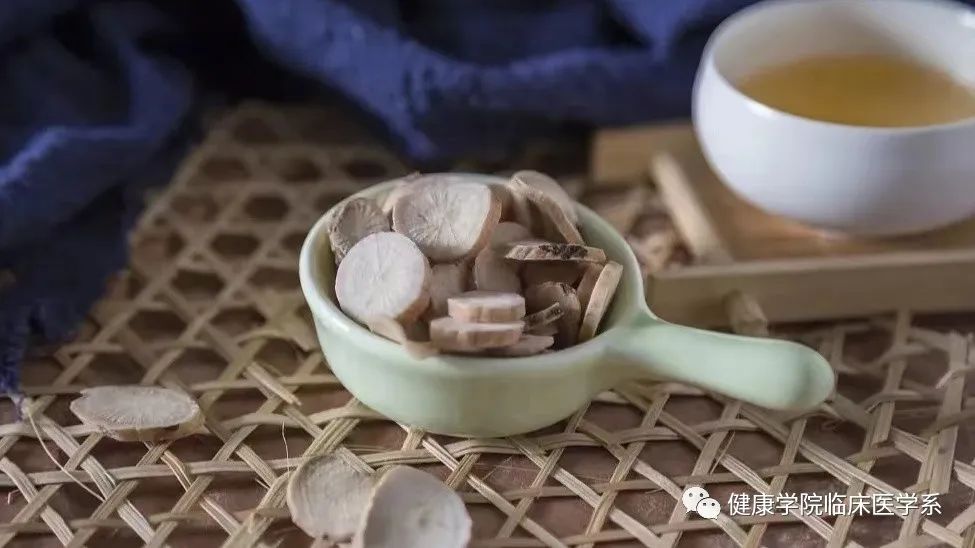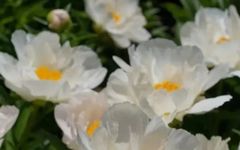Understanding Chinese Medicinal Materials
Bai Shao
Introduction to Bai Shao

1. Bai Shao is the dried root of the peony plant (Paeonia lactiflora) after removing its outer skin. It is named Bai Shao due to its white color. Modern studies indicate that its active components possess analgesic, blood-nourishing, and liver-protective effects.
2. The name Peony can be traced back to the pre-Qin period, as mentioned in the Book of Songs: “The gentleman and the lady, they jest with each other, gifting each other with Shao Yao (Peony).” Bai Shao was a farewell gift during that time. The Shen Nong Ben Cao Jing (Shen Nong’s Classic of Materia Medica) first recorded the properties and therapeutic effects of Peony, while the Ben Cao Jing Ji Zhu classified Peony into Bai Shao and Chi Shao (Red Peony).
3. Bai Shao prefers a warm and humid climate, with major production areas in Hangzhou, Zhejiang; Bozhou, Anhui; and Zhongjiang, Sichuan. The Bai Shao produced in these regions are known as Hang Bai Shao, Hao Bai Shao, and Chuan Bai Shao/Zhongjiang Shao, respectively.
4. Historical texts describe 21 methods for processing Bai Shao, including cleansing, slicing, and adding auxiliary materials. Modern processed forms include Jiu Bai Shao (Wine-processed Bai Shao), Chao Bai Shao (Fried Bai Shao), and Fu Chao Bai Shao (Fried with Wheat).
Compatibility and Efficacy

1. Nourishing Yin and Astringing Sweat = Bai Shao + Long Gu (Dragon Bone) + Mu Li (Oyster Shell) + Fu Xiao Mai (Floating Wheat), used to treat symptoms of Yin deficiency and night sweats.
2. Skin Whitening and Moisturizing = Bai Shao + Bai Zhu (White Atractylodes) + Fu Ling (Poria), a classic formula San Bai Tang, used to treat women’s blood deficiency and sallow complexion.
3. Simultaneous Nourishment of Liver and Kidney = Bai Shao + Gou Qi Zi (Goji Berries), used to treat palpitations, dizziness, and heat due to deficiency of liver and kidney Yin and blood during menopause.
4. Nourishing Blood, Regulating Menstruation, and Alleviating Pain = Bai Shao + Dang Gui (Angelica Sinensis) + Shu Di Huang (Rehmannia) + Chuan Xiong (Ligusticum), a classic formula Si Wu Tang, used to treat symptoms of blood deficiency.
Health Benefits and Recipe

Bai Shao and Gou Qi Stewed Pigeon
Ingredients: 10g Bai Shao, 10g Gou Qi Zi, 300g Pigeon, 10g Ginger, 1000ml Water. 5g Salt, 3g Chicken Essence, 1g Sugar, 1g Pepper.
Method:
1. Cut the pigeon into pieces and blanch (boil in water until cooked), wash Bai Shao, and slice ginger for later use.
2. Prepare a clean pot and heat it, adding water, ginger slices, pigeon, Bai Shao, and Gou Qi Zi.
3. Bring to a boil over high heat, then reduce to low heat and simmer for 40 minutes. Finally, add salt, sugar, and pepper to taste.
Efficacy: Nourishes blood, softens the liver, and tonifies the kidney, suitable for symptoms of dizziness, dry mouth, and palpitations due to excessive liver Yang during menopause.
Editor/Layout: Li Weijie
Image Source: Xiaohongshu
Note: 1. This article is for educational purposes in TCM and is not commercial. Infringements will be deleted. 2. This article is for TCM education only. Due to individual differences in constitution and conditions, do not replicate the prescriptions and dosages in this article without TCM diagnosis. Readers are advised to seek treatment at a regular hospital to avoid delaying their condition.

